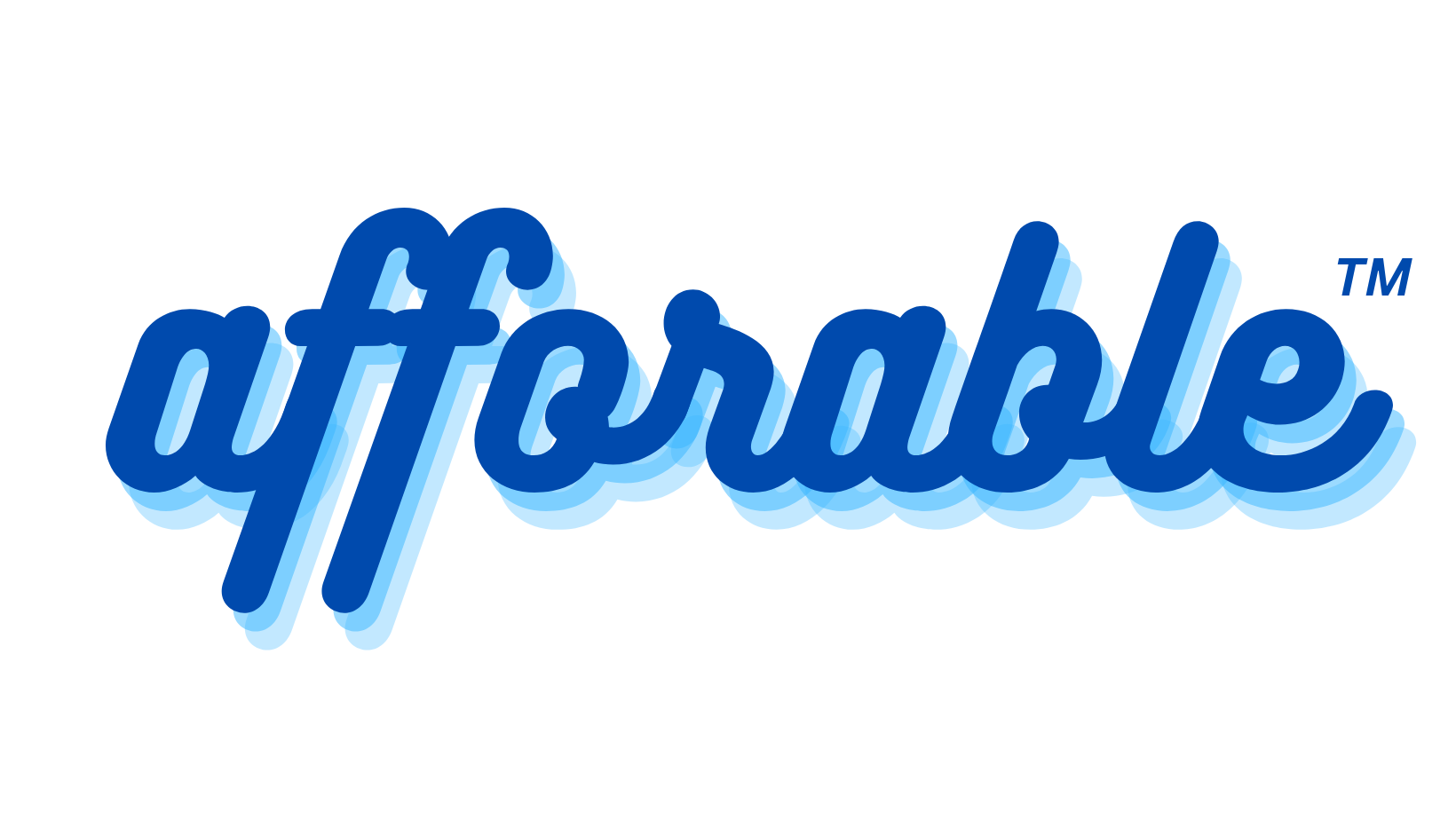Health insurance deductibles are a fundamental aspect of your healthcare coverage. Understanding how they work is essential for making informed decisions about your healthcare and managing your medical expenses. In this article, we will break down the key concepts and considerations related to health insurance deductibles.
What Is a Health Insurance Deductible?
A health insurance deductible is the amount you must pay out of your own pocket for covered healthcare services before your insurance plan begins to contribute. In essence, it’s the initial cost threshold you need to meet each year. Deductibles can vary significantly from one insurance plan to another, so it’s essential to review your policy details carefully.
How Does It Work?
Here’s how health insurance deductibles work:
- Selecting a Plan: When you choose a health insurance plan, you’ll typically have options with different deductible amounts. Plans with lower deductibles often have higher monthly premiums, while plans with higher deductibles usually come with lower monthly premiums.
- Paying for Care: When you receive medical services covered by your insurance plan, you’ll typically pay the full cost initially. For example, if you have a $1,000 deductible and receive a covered service that costs $300, you’ll pay the entire $300 at the time of service.
- Accumulating Costs: Each time you pay for covered medical services, the amount you pay goes toward meeting your deductible. This is important to remember because it means that your out-of-pocket expenses accumulate over time.
- Meeting the Deductible: Once you have paid the total amount of your deductible, your insurance coverage changes. Your insurance company will begin to share the cost of your covered medical expenses. It’s important to check your policy to see what percentage of the costs the insurance company will cover after you’ve met your deductible.
- Coverage After the Deductible: After you’ve met your deductible, you typically enter a phase where your insurance covers a portion of the expenses (e.g., 80% coverage). You are responsible for the remaining percentage as coinsurance, while your insurance company pays the rest.
- Out-of-Pocket Maximum: Health insurance policies often include an out-of-pocket maximum, which is the most you’ll have to pay for covered services in a plan year. Once you reach this limit, your insurance will usually cover all additional covered services at 100%.
Key Considerations:
- Annual Reset: Deductibles typically reset at the beginning of each plan year, usually on January 1st. This means you’ll need to meet your deductible again if you continue to receive medical care in the new year.
- Preventive Care: Many insurance plans cover preventive care services, such as vaccinations and screenings, without requiring you to meet your deductible first. Take advantage of these services to stay healthy and save money.
- In-Network vs. Out-of-Network: Health insurance plans often differentiate between in-network and out-of-network providers. You may find that meeting your deductible requires you to use in-network providers to benefit from lower costs.
- Emergency Services: In case of a medical emergency, your insurance may waive the deductible requirement to ensure timely care. Check your policy for such exceptions.
- HSAs and FSAs: If you have a Health Savings Account (HSA) or a Flexible Spending Account (FSA), you can use these funds to pay for deductible expenses, offering potential tax benefits.
Conclusion:
Health insurance deductibles are a fundamental component of healthcare coverage in the United States. By understanding how deductibles work and reviewing your policy details carefully, you can make informed decisions about your healthcare, manage your expenses, and ensure you get the most from your insurance coverage.

